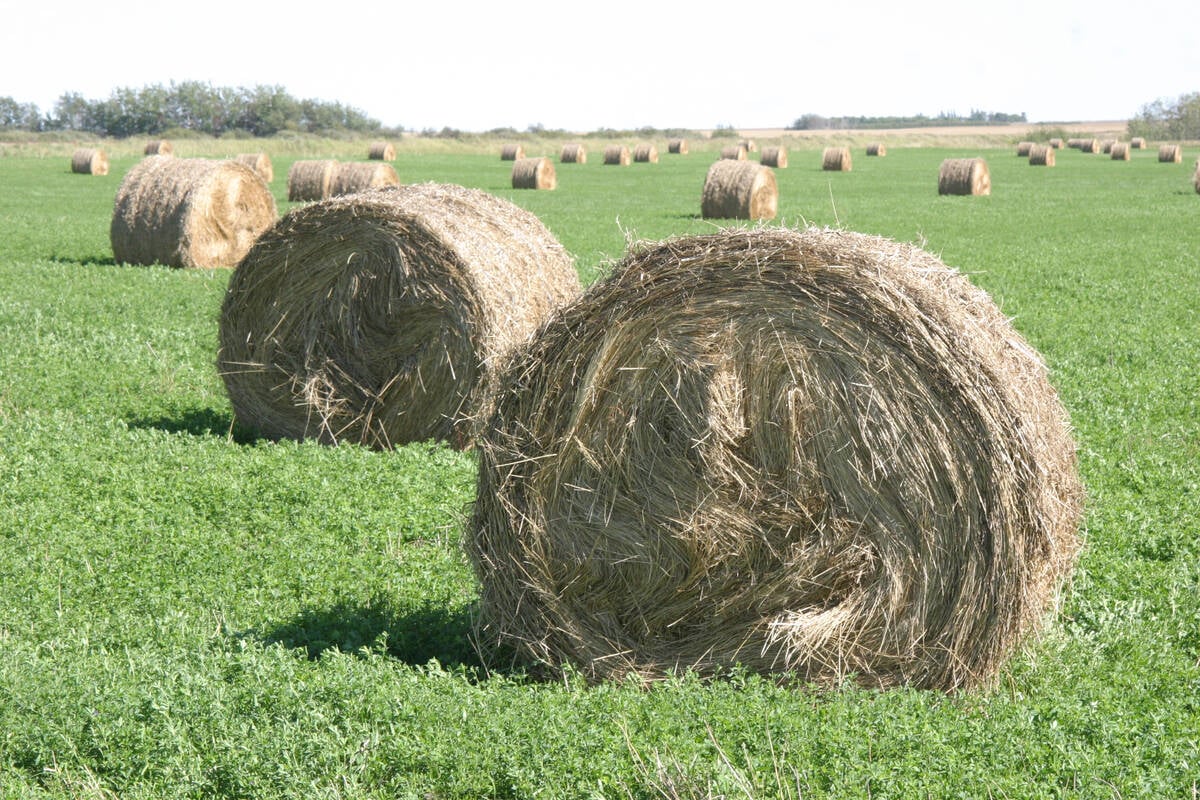Losses to Canadian livestock industry from BSE from 2003-07: $4.2 billion.
Payments through various programs designed to compensate for losses: $4.3 billion.
The result?
“It was a wash,” said Danny LeRoy, chair of the University of Lethbridge’s economics department.
He told an Oct. 25 Lethbridge symposium that federal intentions during the crisis to reposition the industry, increase domestic slaughter and diversify export markets have not come to fruition 10 years after the discovery of BSE in Canada.
Domestic slaughter capacity is 63,120 head per week, down from 65,890 head 10 years ago, even though the cattle industry has undergone major change and is about 20 percent smaller.
Read Also

Breaking down successful winter feeding into six steps
It’s that time of year when it is important to start planning for a cow herd’s winter feeding program. Here are six steps I think are necessary to consider when getting your feed tested.
As well, the United States remains the biggest export market for Canadian cattle and beef, despite a stronger dollar relative to 10 years ago and the pressures exerted by country-of-origin labelling.
“The bulk of the revenues earned from exports come from satisfying markets in the United States. Markets elsewhere, not so much,” said LeRoy.
The BSE crisis exposed the vulnerability of Canada’s livestock sector when international borders closed to Canadian product, and LeRoy said that vulnerability remains.
In 2002, farm cash receipts from cattle and calves exceeded $8 billion and comprised 21 percent of total national farm cash receipts.
That value encouraged federal and provincial governments to devise assistance programs for the industry, the bulk of them designed as short-term fixes.
“Most policy makers and industry representatives believed the problem would be temporary and the idea was to avoid the adjustments that would have been necessary to the new economic circumstances, mostly using taxpayer transfers,” he said.
Programs included:
- Short-term relief grants for packing plants.
- Assistance to those with beef stranded in foreign markets.
- Price support for mature cattle.
- Higher loan limits for producers.
- Slaughter delays through set-aside programs.
- Expanded BSE testing.
- Subsidies to expand domestic slaughter capacity.
- Plans to find new uses for beef.
- Assistance to processors who lost markets.
- Reduced feed costs for ruminants other than cattle.
- Programs to increase sales in existing markets.
“If you and I and the group of us in this room had to come up with some short-term fixes for a problem that we thought was going to go away in a few weeks time, you’d be hard pressed to come up with a more exhaustive list than this,” said LeRoy.
Among the lessons learned was that intervention in the free interplay of buyers and sellers can have undesirable outcomes, he added. Border closures resulted in lower output in Canada, fewer goods, higher costs, lower profits, less saving and less wealth.
“The other thing we learned is that economic nationalism can be a nasty thing,” he said. “It can be used in a discretionary way, an arbitrary way.”















